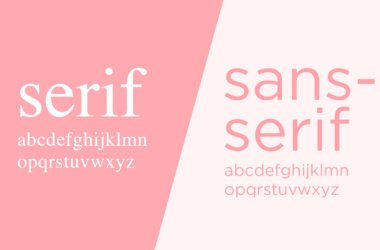Table of Contents Show
Introduction
Titles and headings are crucial elements of a website’s design as they help users navigate and understand the content. A well-designed title or heading can grab attention, improve readability, and enhance the overall user experience. In this article, we will explore some design and formatting tips for website titles and headings.
1. Use Clear and Concise Language
When creating titles and headings, it’s important to use clear and concise language that accurately represents the content. Avoid using jargon or complex terms that may confuse users. Instead, focus on using simple and straightforward language that can be easily understood by a wide range of audiences.
2. Choose the Right Font
The font you choose for your titles and headings can greatly impact the overall design of your website. Select a font that is easy to read and complements the overall aesthetic of your website. Avoid using decorative or overly stylized fonts that may make the text difficult to read.
3. Use Hierarchy to Organize Content
Headings play a significant role in organizing the content on a webpage. Use a clear hierarchy by using different heading levels (e.g., h1, h2, h3) to indicate the importance and structure of the content. This not only improves readability but also helps search engines understand the content better.
4. Utilize White Space
White space refers to the empty space between elements on a webpage. It helps create a sense of clarity and improves readability. When designing titles and headings, make sure to leave enough white space around them. This will make them stand out and draw users’ attention.
5. Incorporate Visual Elements
Visual elements such as icons or images can be used to enhance the design of titles and headings. They can help convey meaning or add visual interest to the text. However, it’s important to use visual elements sparingly and ensure they are relevant to the content.
6. Consider Responsive Design
In today’s mobile-driven world, it’s crucial to design titles and headings that are responsive and display well on different devices and screen sizes. Test your titles and headings on various devices to ensure they maintain their readability and visual impact.
Conclusion
Titles and headings are essential components of website design. By following these tips, you can create visually appealing and user-friendly titles and headings that enhance the overall user experience. Remember to keep them clear, concise, organized, and visually appealing, and ensure they are responsive across different devices.









